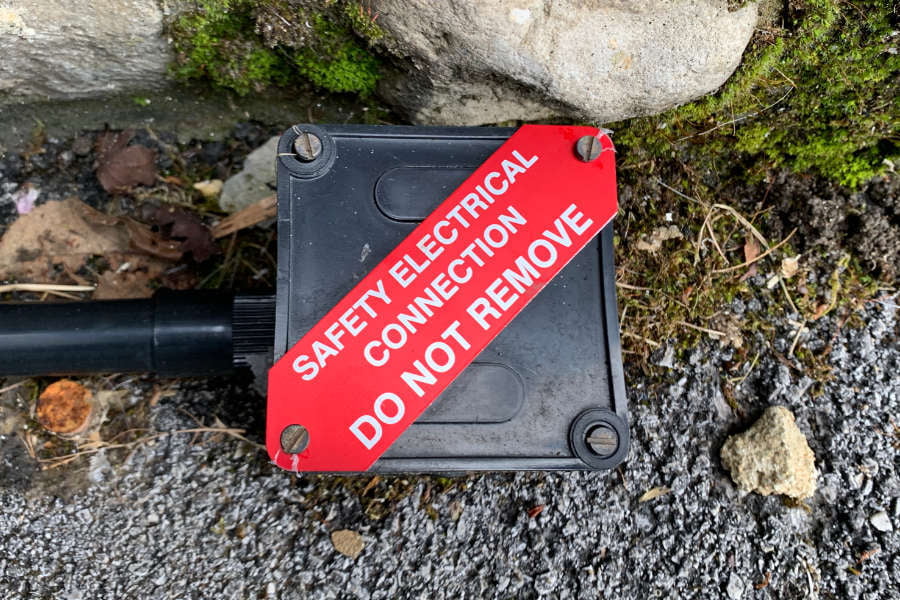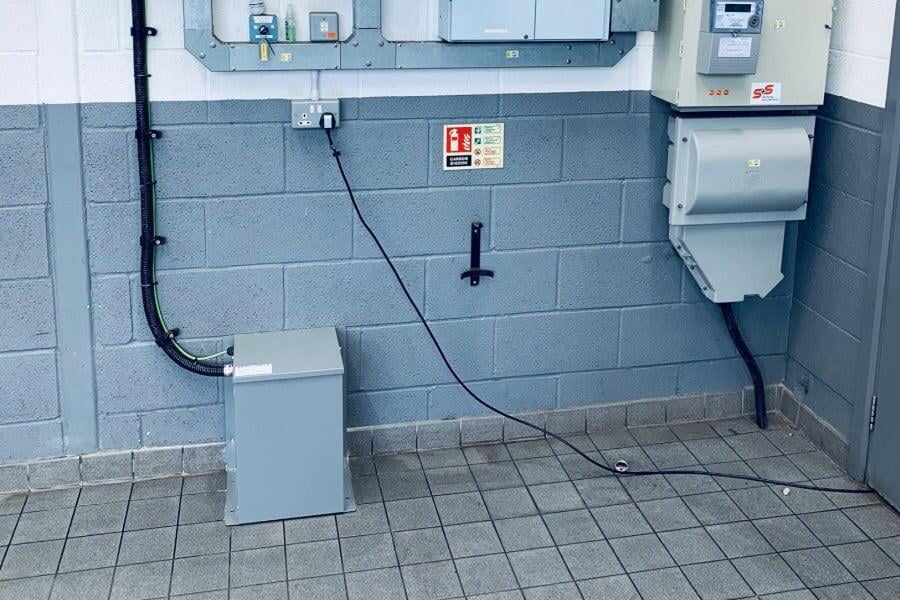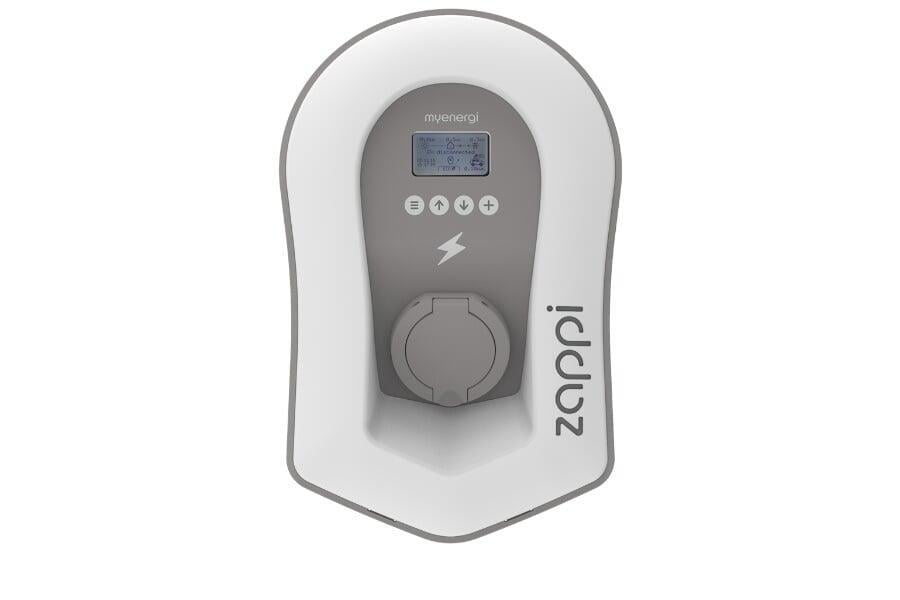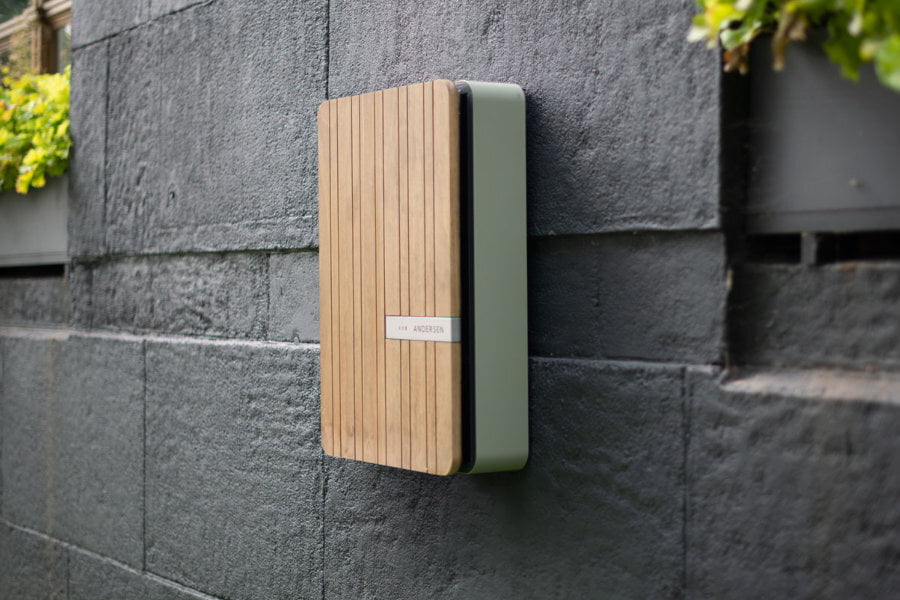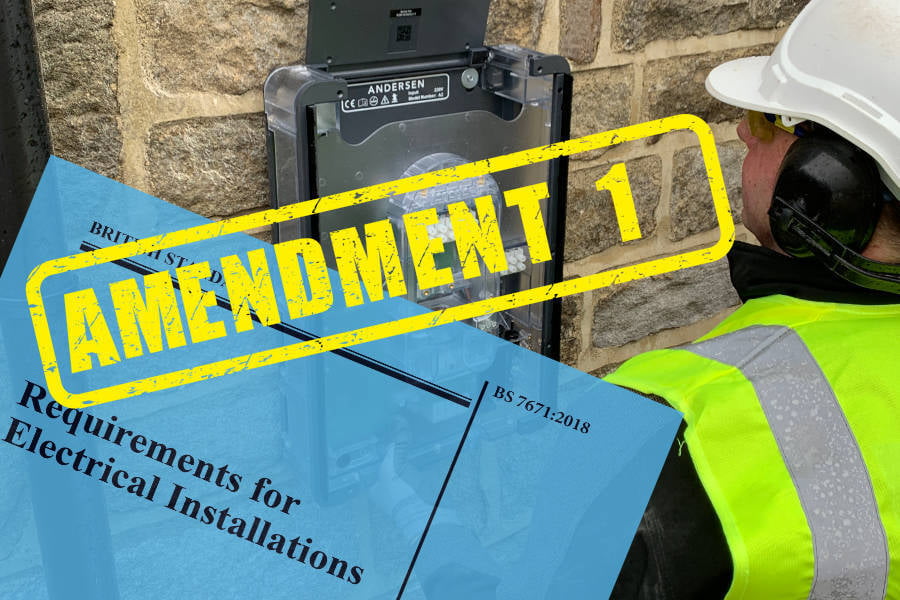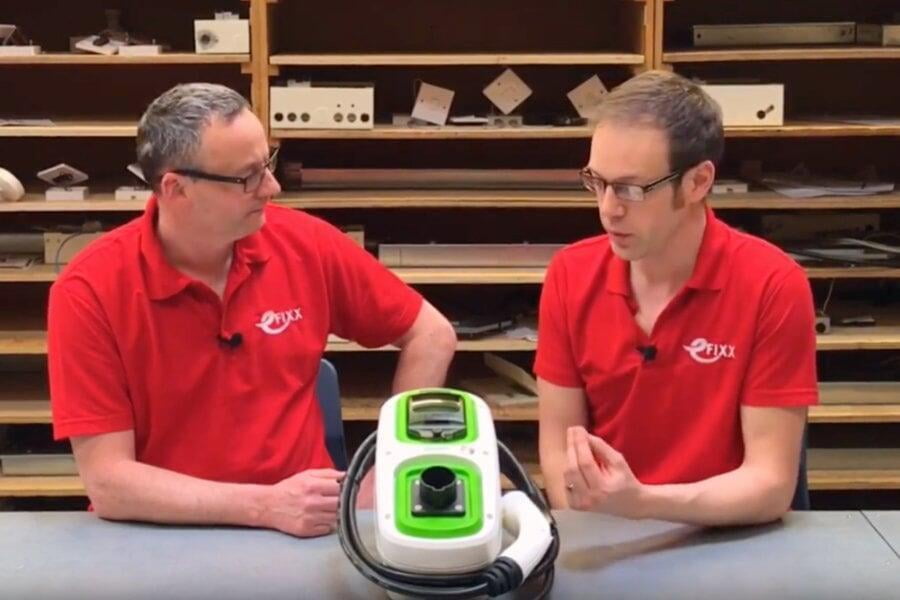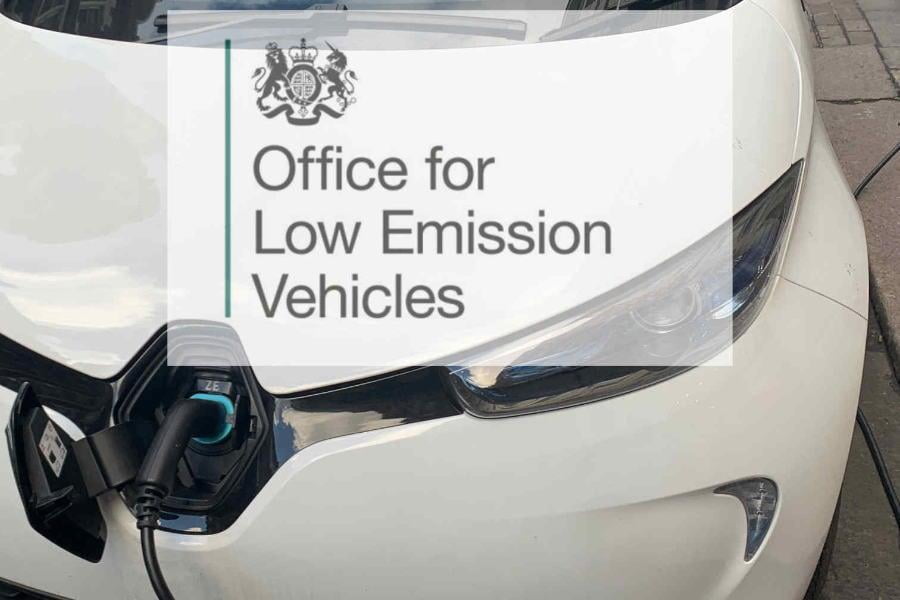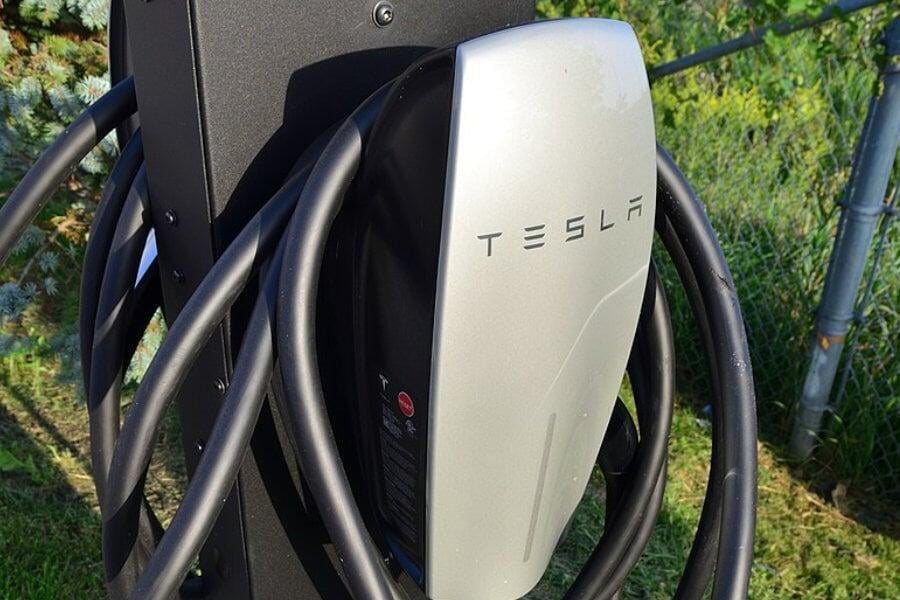Next generation EV charge points don't need earth rods
By Gordon Routledge
Monday 29th April 2019
UPDATE: - The 18th edition wiring regulations have now been updated with amendment 1 - see this article for the latest information.
The earthing considerations for the connection of electric vehicle charge points are firstly the type of earthing arrangement (PME, SNE or TT) and secondly the required segregation between these different earthing types. The requirements of the Code of Practice for the installation of EV charging equipment makes the use of protective multiple earthing (PME) prohibitive and steers installations towards a TT setup. However the IET Wiring Regulations (Guidance note 7) requires segregation of a minimum of 10m between the PME and TT earthing systems. We understand that this requirement will restrict installations in the street and therefore we have recalculated the requirement using modelling specifically for a street side application. As a result we can reduce the distance so that a balanced three phase demand utilising a TT earthing system will require segregation from the WPD earthing system by a minimum of 0.3m and a single phase or unbalanced connection would require a segregation of 3.6m.
Another option included within 722.411.4.1 (iii) is just starting to be exploited
722.4.4.1 (iii)
"Protection against electric shock is provided by a device which disconnects the charging point from the live conductors of the supply and protective earth in accordance with Regulation 543.3.3.101(ii) within 5s in the event if the voltage between the circuit protective conductor and Earth exceeding 70v rms. The device shall not operate if the voltage exceeds 70v rms for less than 4 s. The device shall provide isolation. Closing or resetting of the device shall be by manual means only. Equivalent functionality could be included within the charging equipment."
UPDATE: - The 18th edition wiring regulations have now been updated with amendment 1 - see this article for the latest information.
